- Learning time
- 60 minutes
- First play time
- 120 minutes
Troyes
Designed by: Alain Orban,Sebastian Dujardin,Xavier Georges
Joe says
I haven't played Troyes for a while, but I remember liking it quite a bit. I enjoy games with dice drafting, and I like the idea of hidden scoring, where players are trying to work out what each other are aiming towards at the end of the game. I can't see myself returning to Troyes (the game!) now though - these days I mostly prefer high-interaction, low rules-overhead games. I do love the visual design of Pearl Games though - this is definitely a cut above the usual 'medieval' theming.
The guru's verdict
-
Take That!
Take That!
There's definitely room for Take That in Troyes. You're competing for dominance in the three areas, and also trying to second-guess each others character cards.
-
Fidget Factor!
Fidget Factor!
High on a first play. And potentially high on subsequent plays. But you can utilize this time to concoct all manner of elaborate schemes...
-
Brain Burn!
Brain Burn!
High. It's not just about rolling dice and placing them; there's another level of mathematics at work.
-
Again Again!
Again Again!
It might not be an immediately accessible game, but once you're in the door there's a huge amount of replayability: there are 27 activity cards and only nine are used in any one game.

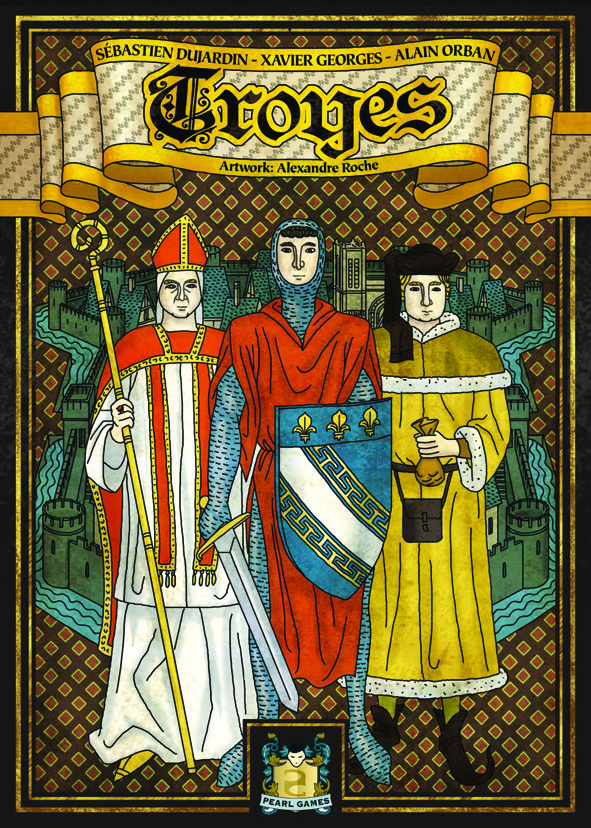
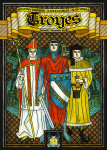
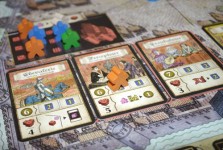
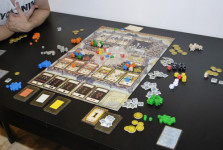


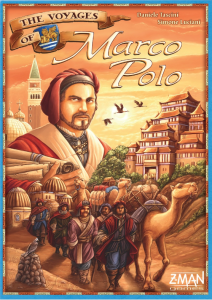
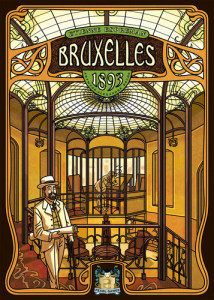


Sam says
Cognitive overload! I'm afraid Troyes was too much for me, though I should clarify I generally prefer what gamers refer to as light and medium-weight games. This is heavy. That's not to say it's bad: Joe I believe has a lot of time for it, as do others. But despite the dice this is a dry, thinky experience where your challenge - very much as with the likes of Bruxelles 1893 - is harnessing the games disparate parts into a cohesive whole.